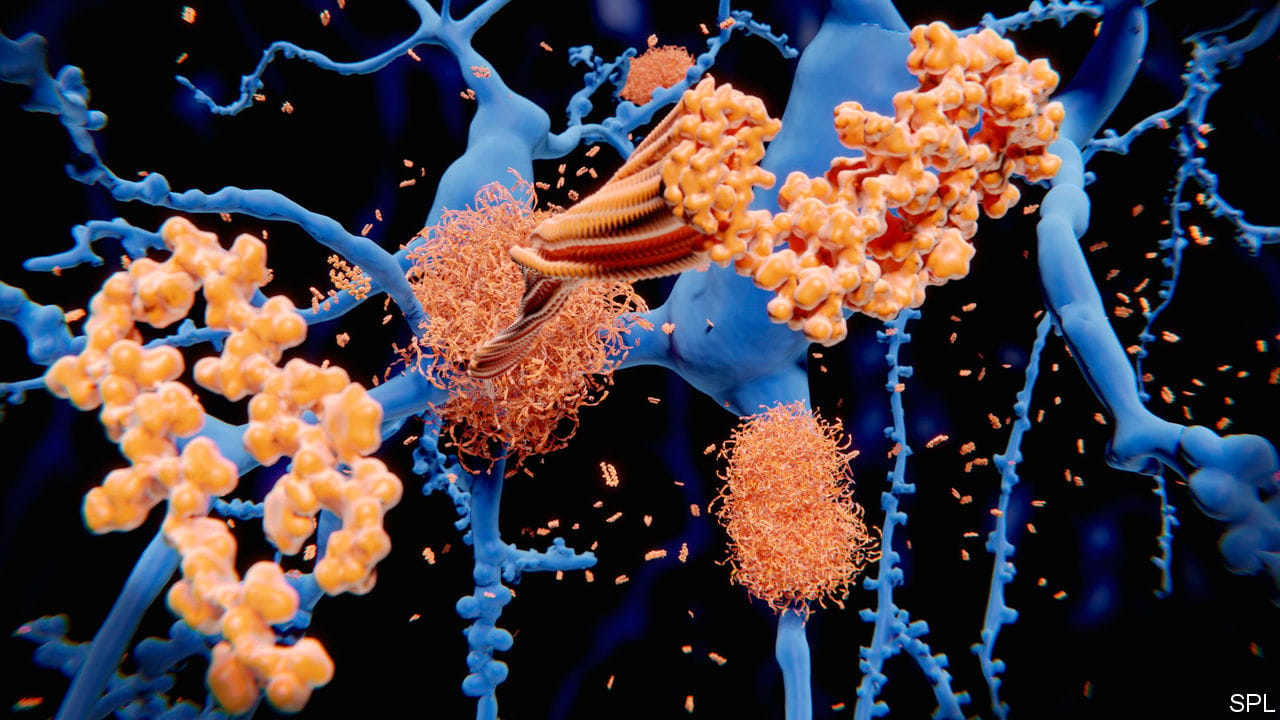- by
- 07 24, 2024
-

-
-
Loading

Loading

APAPERPUBLISHEDCJDCAACJDCJDCJD in this month’s , by Gargi Banerjee and David Werring of University College, London, adds to evidence that prion diseases are more widespread and varied than had been realised. Such diseases are caused by misfolded protein molecules that have the unfortunate property of triggering similar misfolding in others of their kind, and so transmitting their pathological character to previously healthy molecules. They came to public attention in the 1990s, when a variant form of the best known of them, Creutzfeldt-Jakob disease (), was shown to be transmissible from cattle to people. This sparked fears of an epidemic among beef eaters, which fortunately failed to come to pass. Ever since, doctors have kept an eye open for anything similar. Dr Banerjee’s and Dr Werring’s results suggest cerebral amyloid angiopathy (), a haemorrhage-causing illness closely related to Alzheimer’s, may be an example.The story starts in 2015, when a team led by John Collinge, a neuroscientist at University College who is one of the world’s leading researchers, examined the brains of eight people who had died from the illness after contracting it from human-growth-hormone treatments. Until 1985, when synthetic versions of the molecule became available, growth hormone was extracted from the pituitary glands of cadavers—along with (though this was not known at the time) -causing prions, if such were present. Subsequent mixing of the extracts spread the prions widely. By the time the practice ceased, around 30,000 people had received injections of cadaver-derived growth hormone. By 2012, 450 cases of around the world had been attributed to growth-hormone treatments.